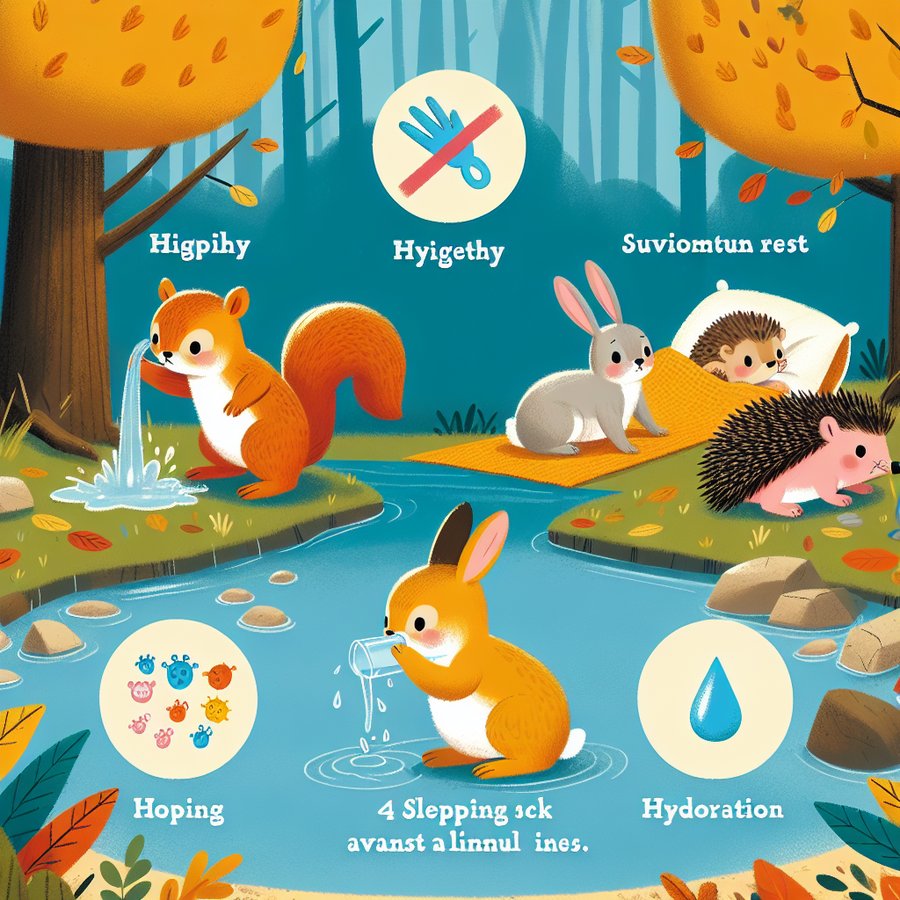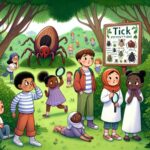As the colder months approach, the concern for Seasonal flu and RSV: Prevention strategies for infants becomes paramount for every parent. Both seasonal flu and Respiratory Syncytial Virus (RSV) pose significant health risks to infants, who are among the most vulnerable populations. Understanding and implementing effective prevention strategies can significantly reduce the risk of these infections, safeguarding your baby’s health.
Understanding Seasonal Flu and RSV in Infants
Seasonal flu and RSV are highly contagious respiratory infections, but they affect infants in different ways. The seasonal flu is caused by influenza viruses and can lead to severe complications such as pneumonia, especially in infants. On the other hand, RSV is a common cause of bronchiolitis and pneumonia among infants and young children. Recognizing the symptoms and risks associated with each can help in early detection and management.
To learn more about effective prevention and care, reading resources on Seasonal flu and RSV: Prevention strategies for infants becomes essential. Equipping yourself with this knowledge can be the first step towards protecting your infant from these seasonal threats.
Seasonal Flu and RSV: Prevention Strategies for Infants
Preventing seasonal flu and RSV involves a multifaceted approach, focusing on minimizing exposure and boosting the infant’s immune system. Vaccination is one of the most effective ways to protect against the seasonal flu. According to the Centers for Disease Control and Prevention (CDC), flu shots are recommended annually for everyone six months of age and older, including infants and pregnant women.
Another critical aspect of preventing RSV and flu is practicing good hygiene. Regular hand washing, using hand sanitizers, and teaching older children to do the same can significantly reduce the spread of viruses. Cleaning and disinfecting frequently touched surfaces also play a crucial role in preventing the spread of infections.
Limiting your infant’s exposure to crowded places during peak flu and RSV season and avoiding contact with sick individuals can also help reduce the risk of infection. It’s also beneficial to maintain a healthy indoor environment by ensuring good ventilation and using air purifiers to reduce the concentration of airborne pathogens.
Additional Tips for Protecting Your Infant
Beyond the primary prevention strategies, there are additional measures you can take to protect your infant from seasonal flu and RSV. Ensuring that your infant is up-to-date with their immunization schedule is crucial. Visit Vaccination schedule for babies: Keeping up with immunizations for more information on how to stay on top of your baby’s vaccinations.
Optimizing your infant’s nutrition and ensuring they get adequate sleep are also essential in strengthening their immune system. Breastfeeding, if possible, can provide additional antibodies that help fight infections. For guidance on navigating nutritional needs and sleep schedules, visiting Nutritional deficiencies in toddlers: Signs and prevention and Safe sleep practices to reduce the risk of SIDS can offer valuable insights.
In cases where your infant shows signs of either the seasonal flu or RSV, it’s imperative to seek medical attention promptly. Early diagnosis and treatment can prevent the progression of these diseases. For information on recognizing early symptoms, consider reading Recognizing signs of food allergies in infants, as some symptoms may overlap with allergic reactions.
In conclusion, while the seasonal flu and RSV can be concerning for parents of infants, there are effective strategies to prevent these infections. By understanding the diseases, staying vigilant about vaccinations, practicing good hygiene, and taking steps to boost your infant’s immune system, you can significantly reduce the risk of your baby contracting these seasonal illnesses. Remember, when in doubt, always consult with your pediatrician to ensure the best care for your little one.
With careful attention and proactive measures, you can enjoy the changing seasons with peace of mind, knowing you’re doing your best to protect your infant’s health.













